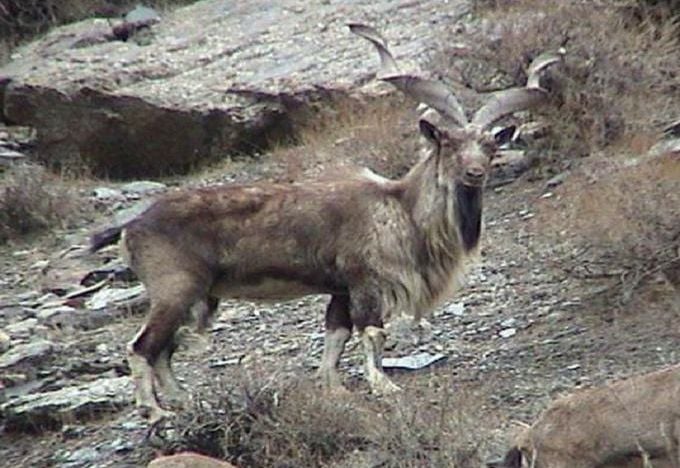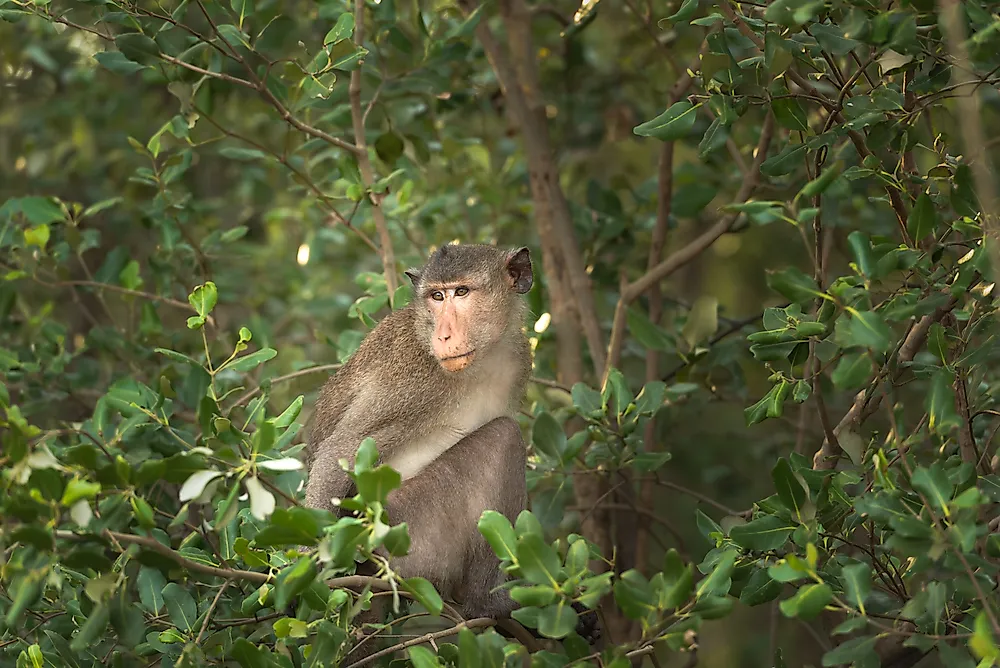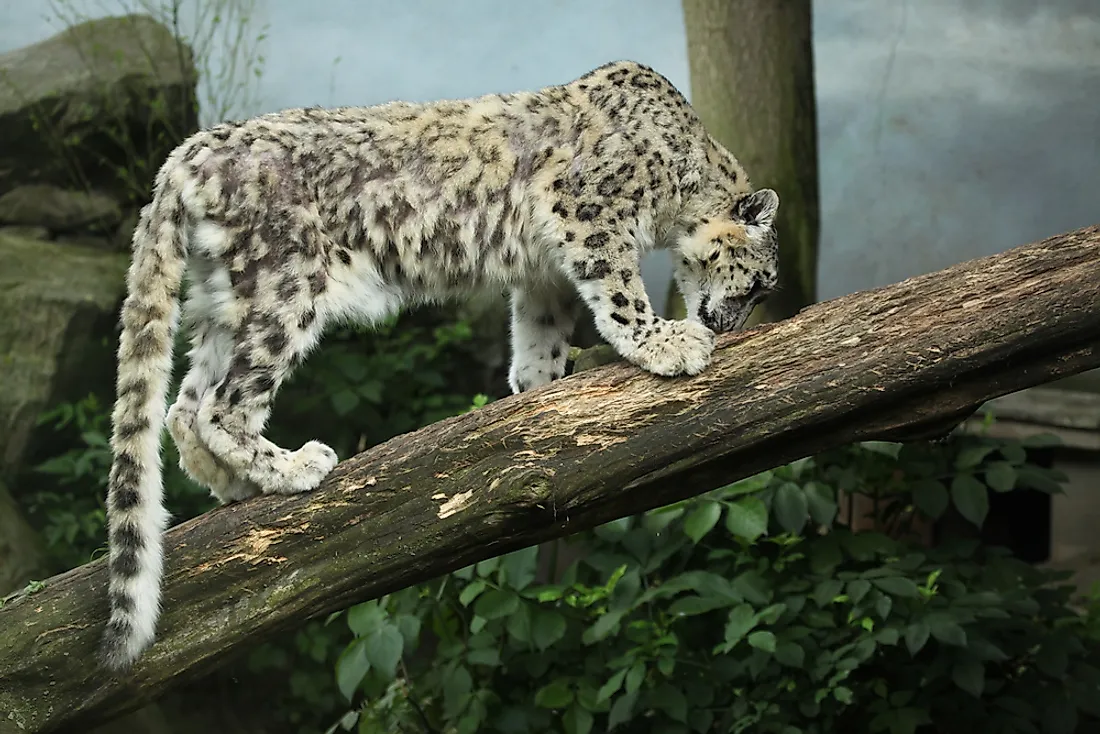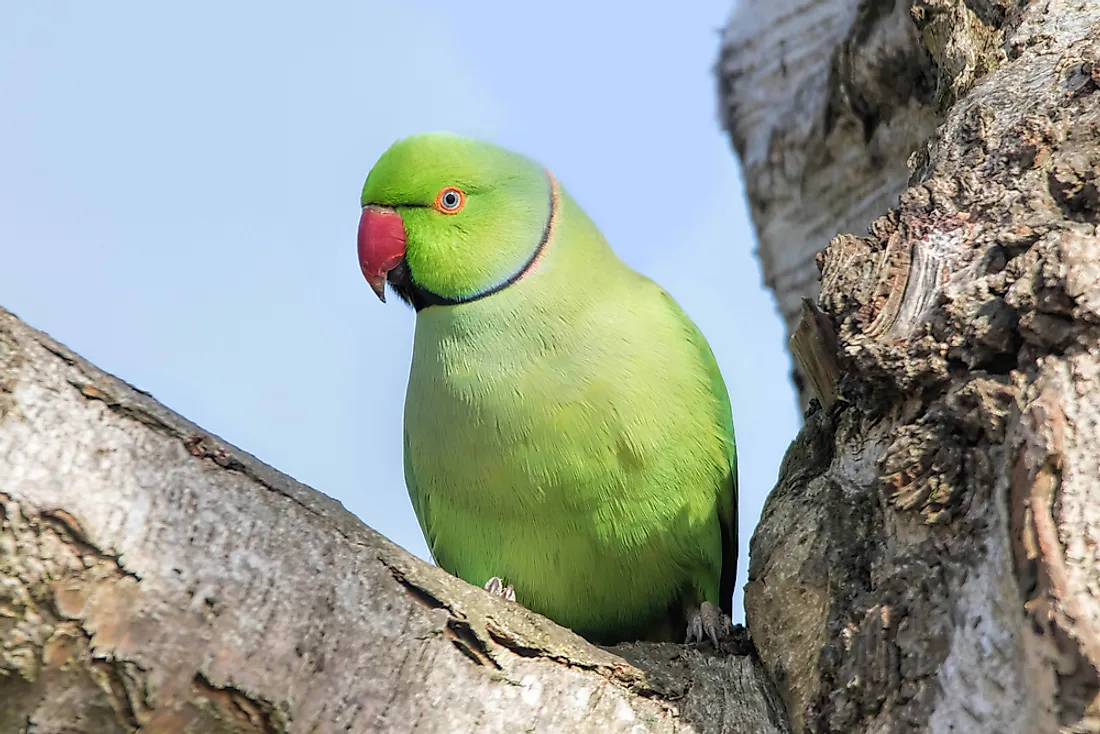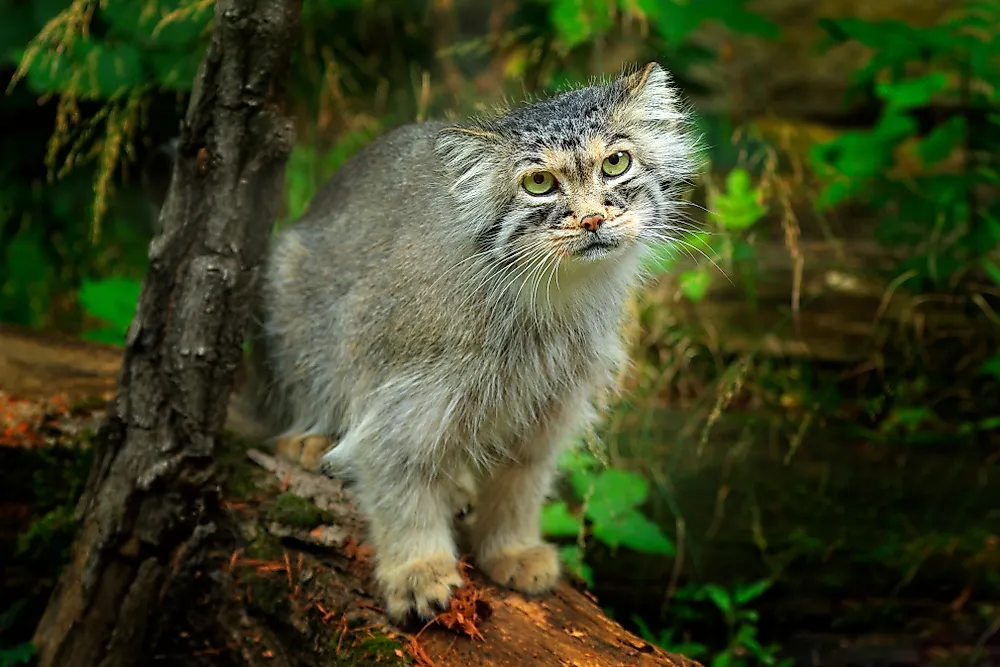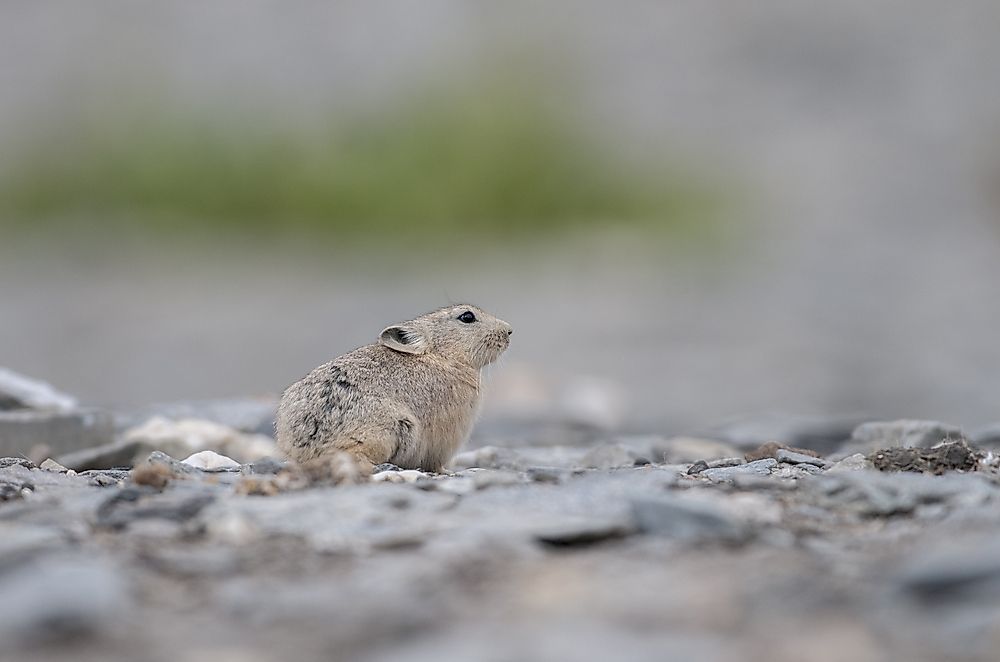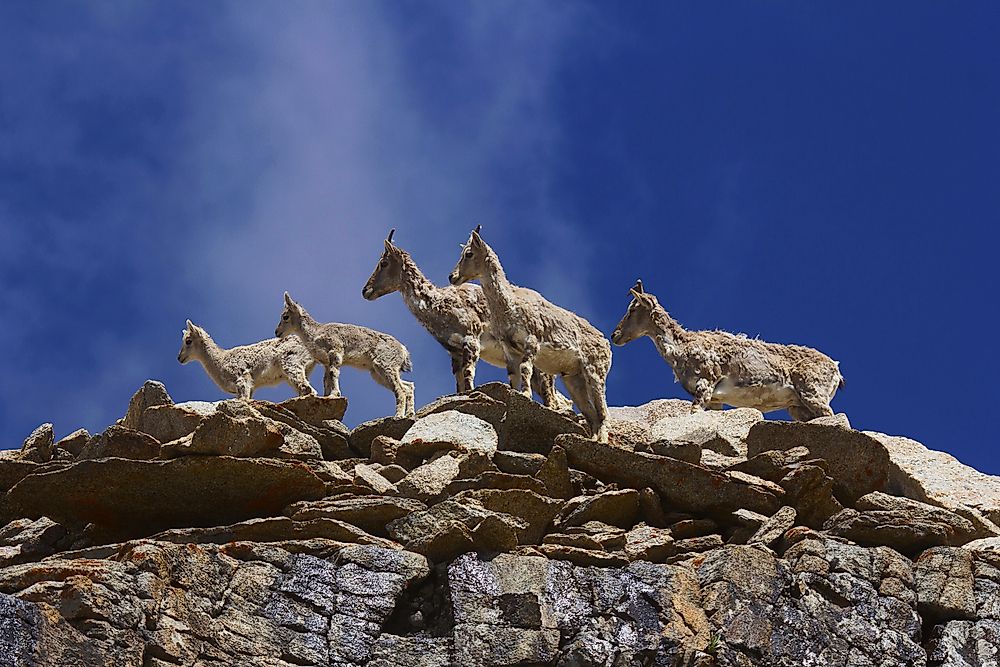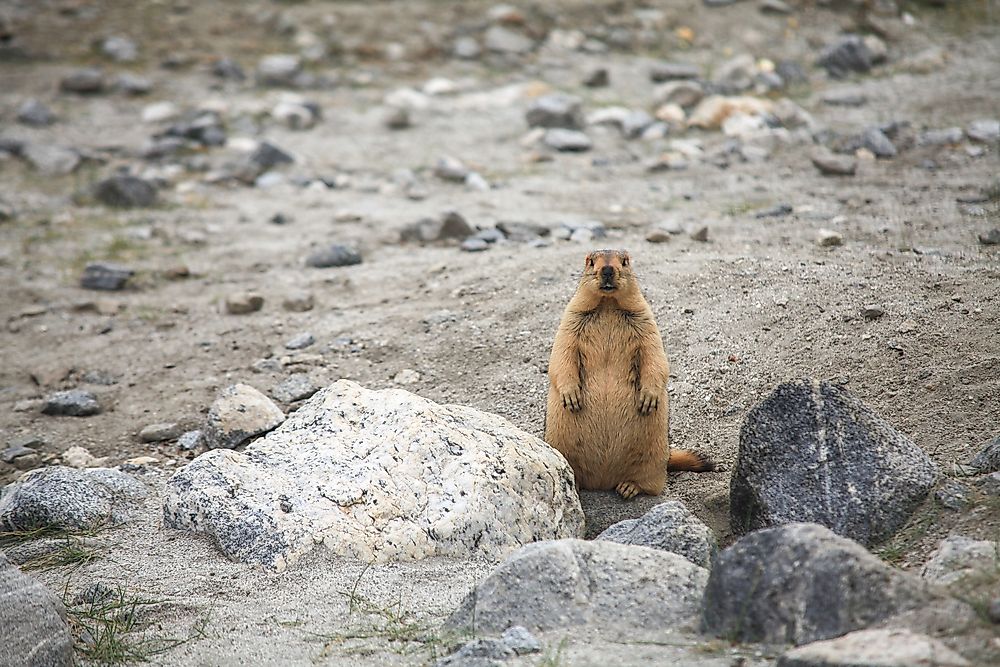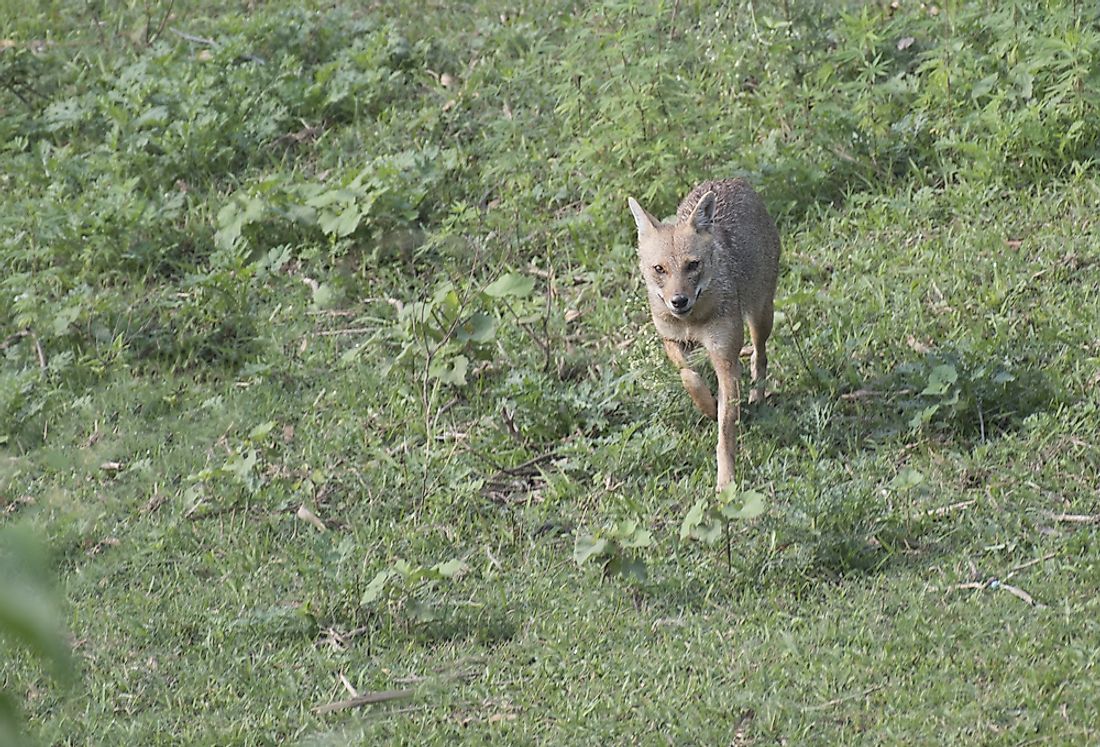- Copy to clipboard
- Thread starter
- Moderator
- #46
- Jan 25, 2024
- 111,139
- 829
- Origin

- Residence

Villagers kill rare white leopard in Kerthar National Park
The body was recovered in the village of Mohammad Ali Faqeer; SWD registers case against 5 involved in the killingSameer Mandhro
January 23, 2024
1706019379-0/White-Leopard-Kerthar-National-Park-(1)1706019379-0.jpeg)

